Scientists have found that lithium vanadium oxide can rapidly charge and discharge energy. The material has a structure similar to table salt but with a more random atomic arrangement. It charges and discharges without growing lithium metal “dendrites” that can cause dangerous short circuits. This could lead to safer, faster-charging batteries for electric vehicles.
Tag: Energy Storage
Internships Put Futures in Flight
PNNL intern Ki Ahn spent this past year as an undergraduate at PNNL gaining hands-on research experience in clean energy storage technologies for vehicles and aviation. Ahn is enrolling in Stanford University this fall to finish his bachelor’s degree. With plans to major in mechanical engineering or computer science, he wants to explore how future aircraft technologies can be designed to reduce harmful environmental effects.
Printing Flexible Wearable Electronics for Smart Device Applications
With the increase in demand for flexible wearable electronics, researchers have explored flexible energy storage devices, such as flexible supercapacitators, that are lightweight and safe and easily integrate with other devices. Printing electronics has proved to be an economical, simple, and scalable strategy for fabricating FSCs. In Applied Physics Reviews, researchers provide a review of printed FSCs in terms of ability to formulate functional inks, design printable electrodes, and integrate functions with other electronic devices.
Saving the climate with solar fuel
Produced in a sustainable way, synthetic fuels contribute to switching mobility to renewable energy and to achieving the climate goals in road traffic. In the mobility demonstrator “move” Empa researchers are investigating the production of synthetic methane from an energy, technical and economic perspective – a project with global potential.
Story tips: Un-Earthly ice, buildings in the loop, batteries unbound and 3D printing for geothermal
ORNL story tips: Un-Earthly ice, buildings in the loop, batteries unbound and 3D printing for geothermal
On-Site Hydrogen Production Technology Accelerates to Market
SoCalGas recently licensed a PNNL-developed generation system that uses sunlight to convert natural gas and water into hydrogen and capture the carbon dioxide (CO2) to prevent carbon emissions. Hydrogen has many applications, including powering vehicles and homes.
Compound Commonly Found in Candles Lights the Way to Grid-Scale Energy Storage
A compound used widely in candles offers promise for a much more modern energy challenge—storing massive amounts of energy to be fed into the electric grid as the need arises.
Sandia app assesses value of energy storage for businesses, utilities
Utility companies and corporate project developers now have help assessing how much money adding an energy storage system will save them thanks to new Sandia National Laboratories software.
PNNL Invention Reduces Risk of Battery Explosions
A deceptively simple sensor system developed at PNNL can prevent dangerous battery fires.

Expert in Carbon Materials Kicks off 239th ECS Meeting with IMCS18 Plenary Session
The ECS Lecture at the Plenary Session of the 239th ECS Meeting with IMCS18 will be delivered by Dr. Rodney Ruoff, Distinguished Professor in the Departments of Chemistry and Materials Science, and the School of Energy Science and Chemical Engineering at the Ulsan National Institute of Science and Technology (UNIST), South Korea, and Director of the Center for Multidimensional Carbon Materials (CMCM). The Plenary Session is from 2100-2200h EST on Monday, May 31, after which the content will be available through June 26, 2021. The 239th ECS Meeting with IMCS18 takes place in a digital format. There is no cost to participate, however pre-registration is required.
Argonne leads creation of definitive valuation guide for pumped storage hydropower
Argonne scientists led four other laboratories in developing definitive guidance on how to value pumped storage hydropower projects. Their efforts resulted in DOE publication of the Pumped Storage Hydropower Valuation Guidebook: A Cost-Benefit and Decision Analysis Valuation Framework. The guide provides an objective, transparent valuation methodology and helps measure both monetary and non-monetary value streams.
Mapping Performance Variations to See How Lithium-Metal Batteries Fail
Scientists have identified the primary cause of failure in a state-of-the-art lithium-metal battery, of interest for long-range electric vehicles: electrolyte depletion.
New batteries give jolt to renewables, energy storage
Cornell University researchers have been exploring the use of low-cost materials to create rechargeable batteries that will make energy storage more affordable. Now, they have shown that a new technique incorporating aluminum results in rechargeable batteries that offer up to 10,000 error-free cycles.
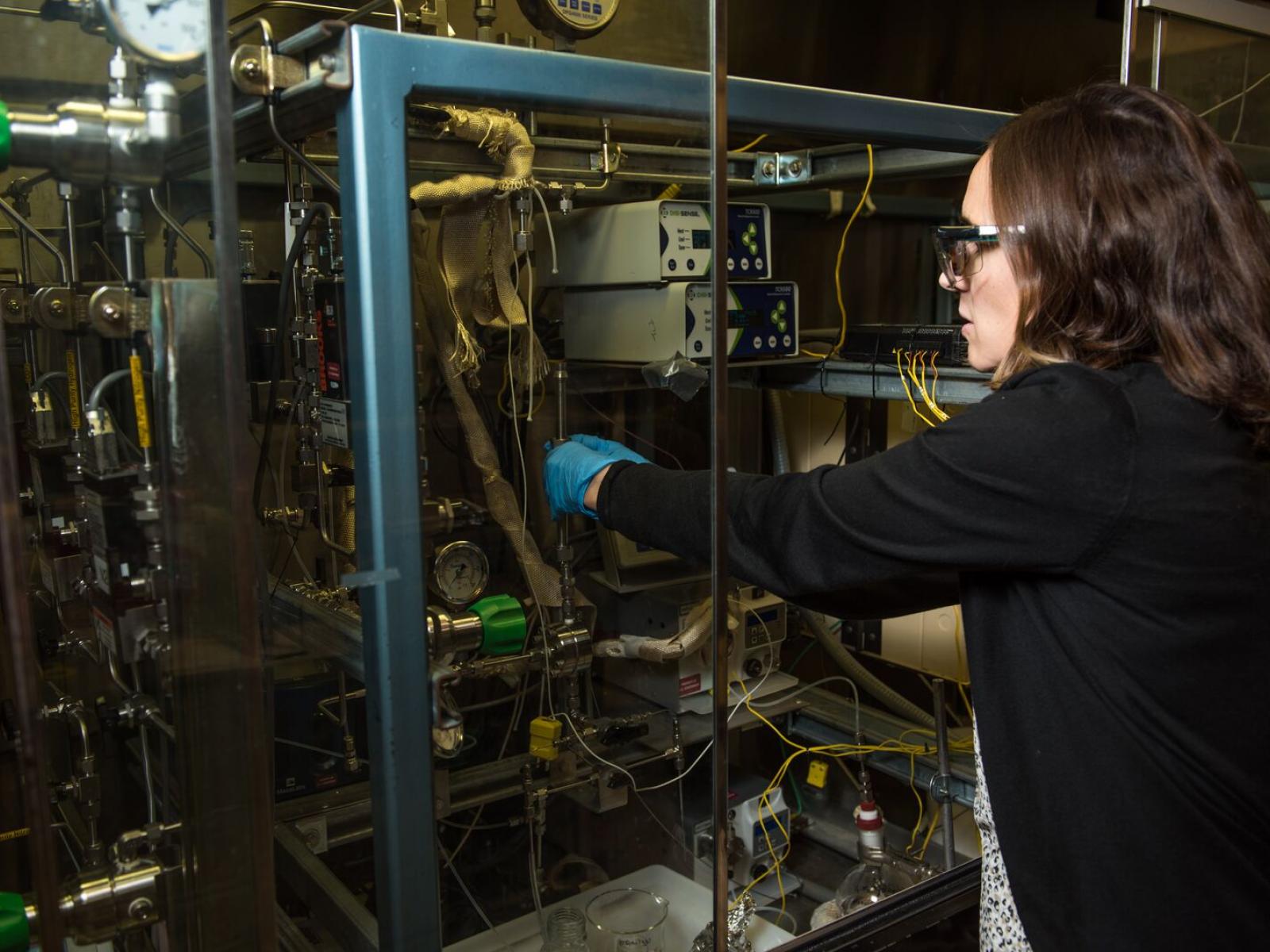
New Clean Energy Process Converts Methane to Hydrogen with Zero Carbon Dioxide Emissions
PNNL, teaming with academia and industry, develops a novel zero-emission methane pyrolysis process that produces both hydrogen and high-value carbon solids.

Story tips: Urban climate impacts, materials’ dual approach and healing power
ORNL identifies a statistical relationship between the growth of cities and the spread of paved surfaces. // ORNL successfully demonstrates a technique to heal dendrites that formed in a solid electrolyte. // ORNL combines additive manufacturing with conventional compression molding.
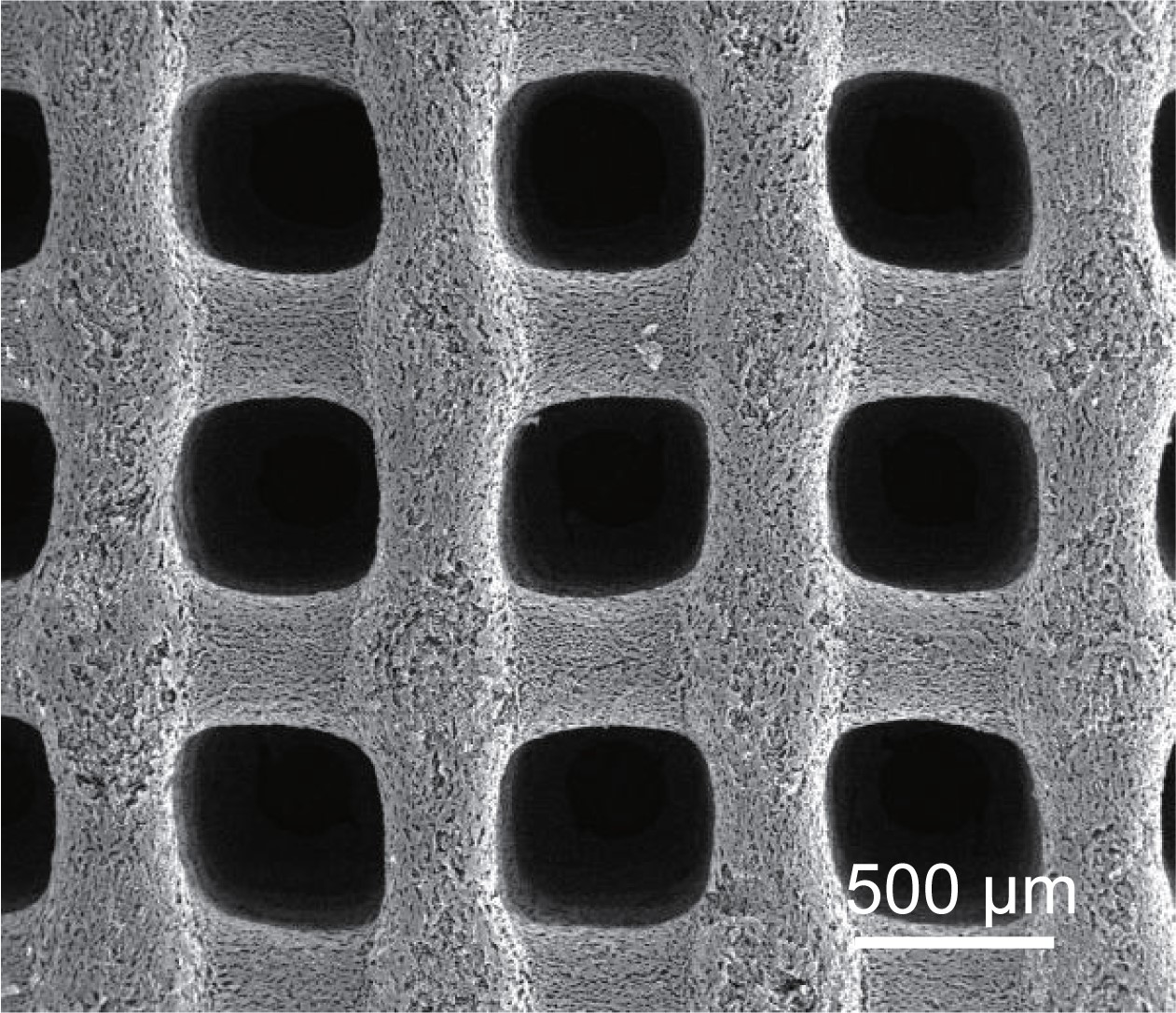
Porous, ultralow-temperature supercapacitors could power Mars, polar missions
Researchers reporting in ACS’ Nano Letters have 3D printed porous carbon aerogels for electrodes in ultralow-temperature supercapacitors, reducing heating needs for future space and polar missions.
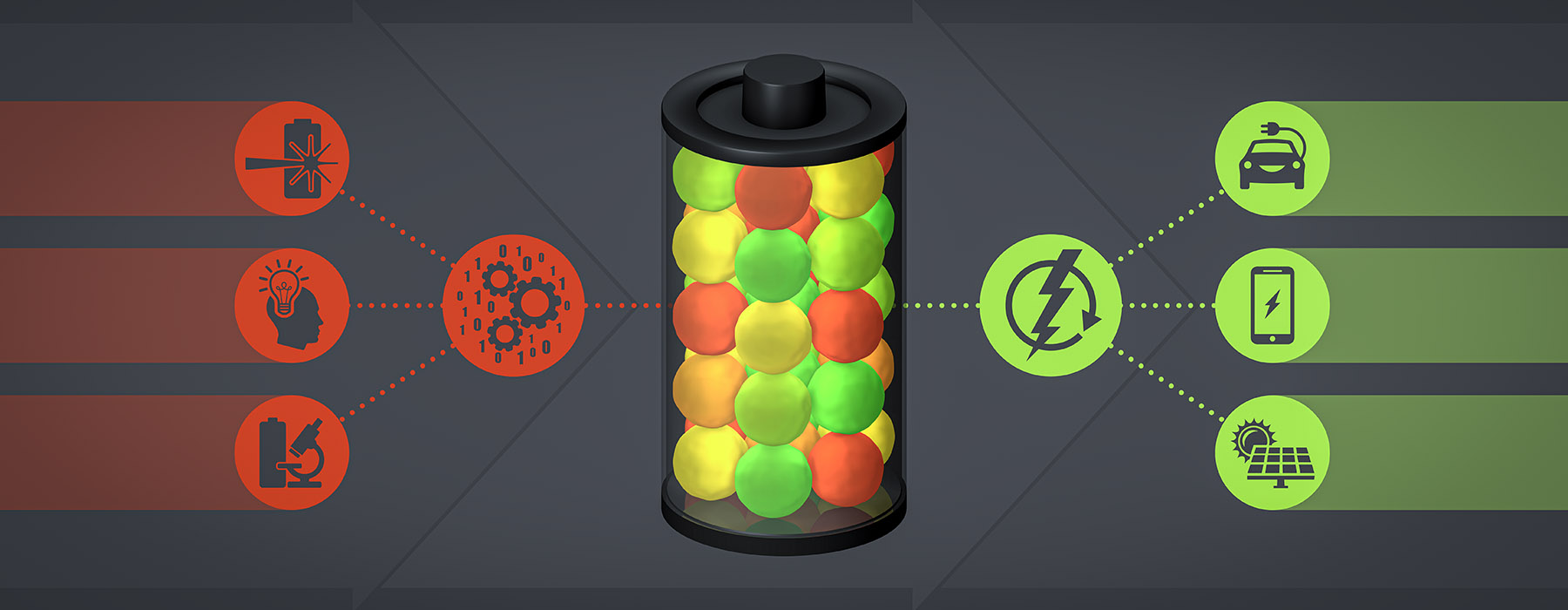
In a leap for battery research, machine learning gets scientific smarts
Researchers combined machine learning with knowledge gained from experiments and equations guided by physics to discover and explain a process that shortens the lifetimes of fast-charging lithium-ion batteries.
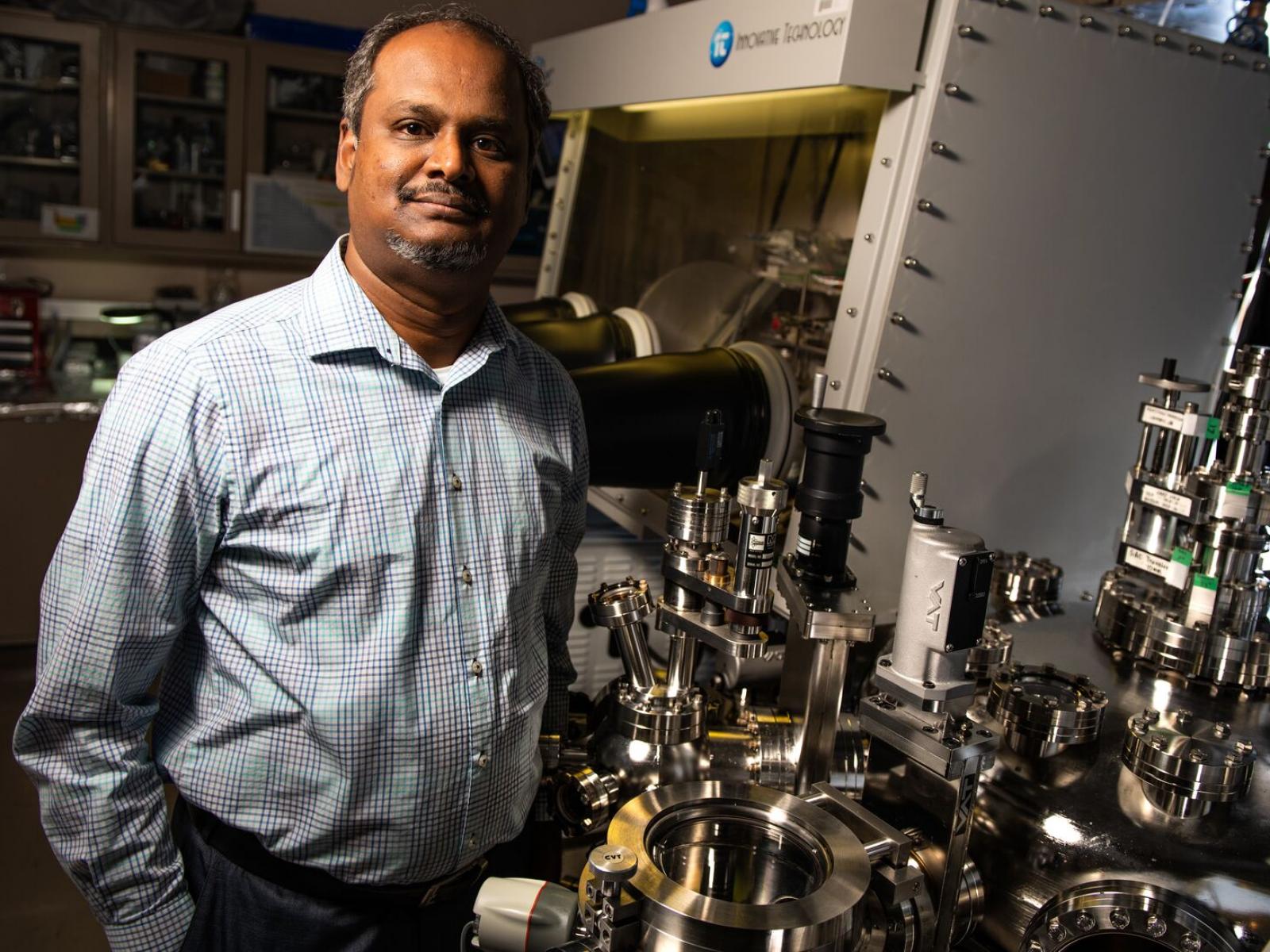
The Right Stuff to Find the Right Materials
As he prepares to enter PNNL’s Energy Sciences Center later this year, Vijayakumar ‘Vijay’ Murugesan is among DOE researchers exploring solutions to design and build transformative materials for batteries of the future.

PNNL Energy Sciences Center Will Help Realize Clean Energy Future
New 140,000-square-foot facility will advance fundamental chemistry and materials science for higher-performing, cost-effective catalysts and batteries, and other energy efficiency technologies.

Residential Batteries for Solar Power Benefit Owners and Grid
PNNL researchers simulated residential battery use and found in-home energy storage can benefit both the power grid and homeowners.
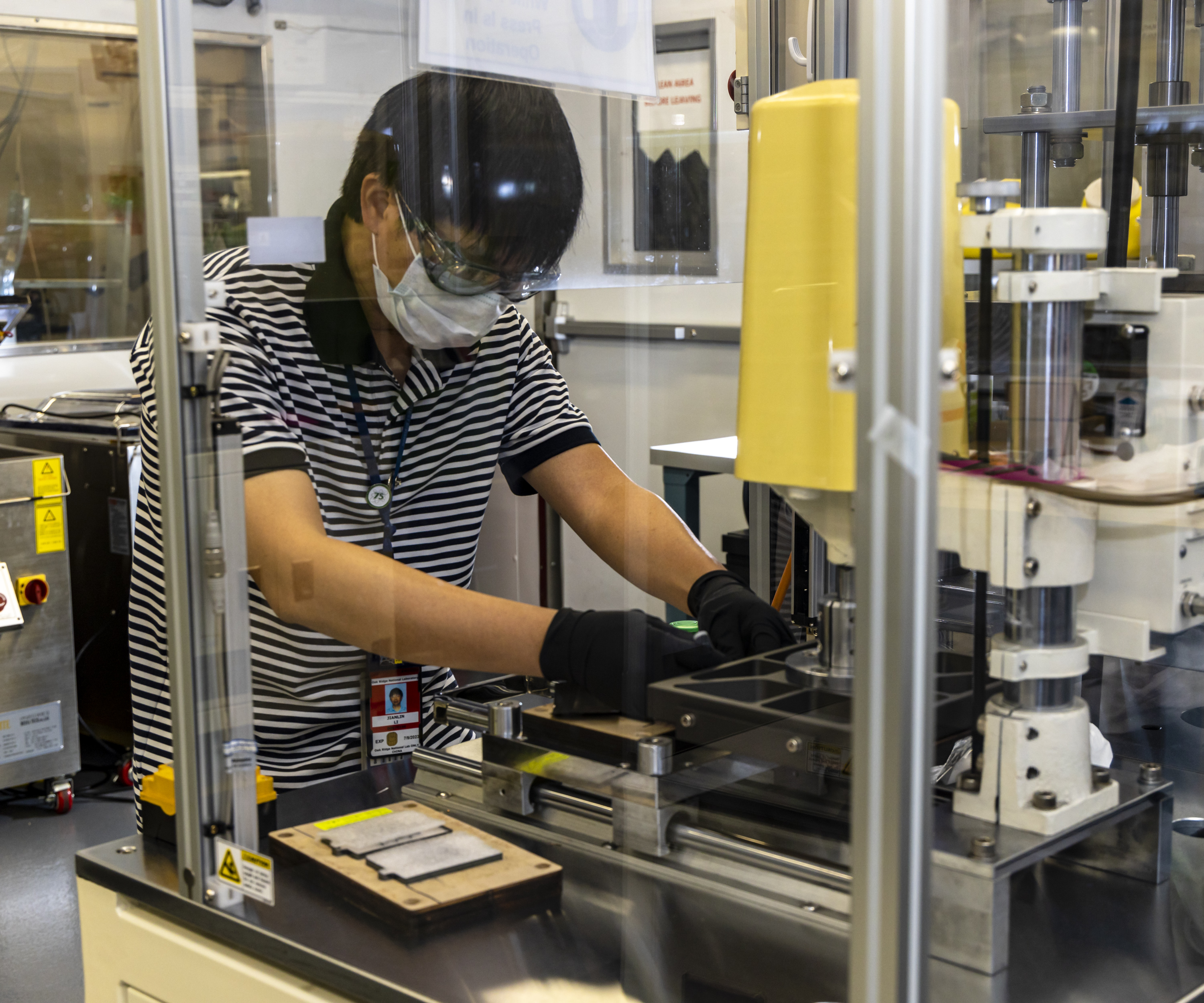
SPARKZ licenses ORNL technology to speed up rechargeable battery production
Energy storage startup SPARKZ Inc. has exclusively licensed a battery cycling technology from the Department of Energy’s Oak Ridge National Laboratory designed to enable the rapid production of lithium-ion batteries commonly used in portable electronic devices and electric vehicles.
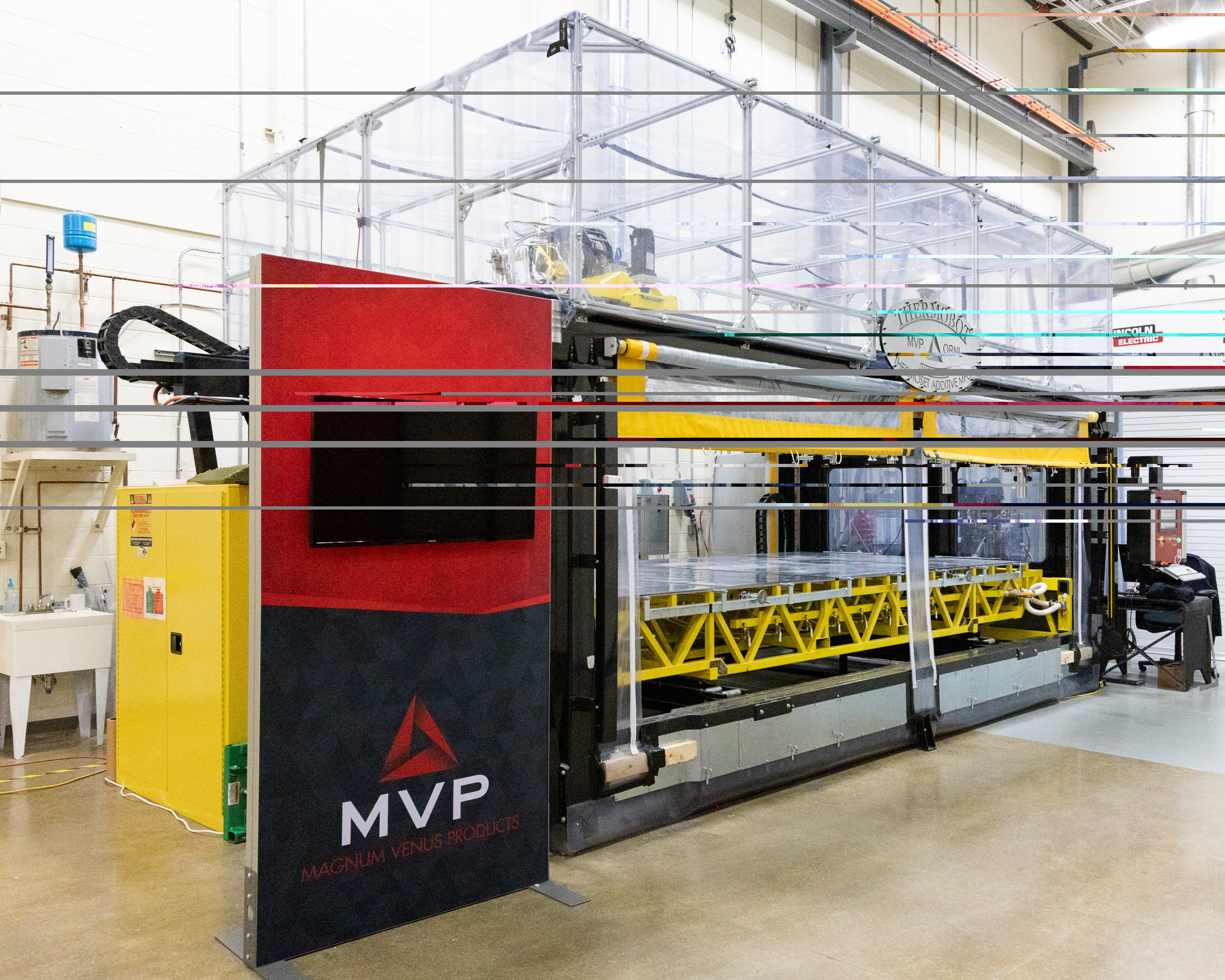
ORNL receives three 2021 FLC Awards for technology transfer
Three technologies developed by researchers at Oak Ridge National Laboratory have won National Technology Transfer Awards from the Federal Laboratory Consortium. The annual FLC Awards recognize significant accomplishments in transferring federal laboratory technologies to the marketplace.
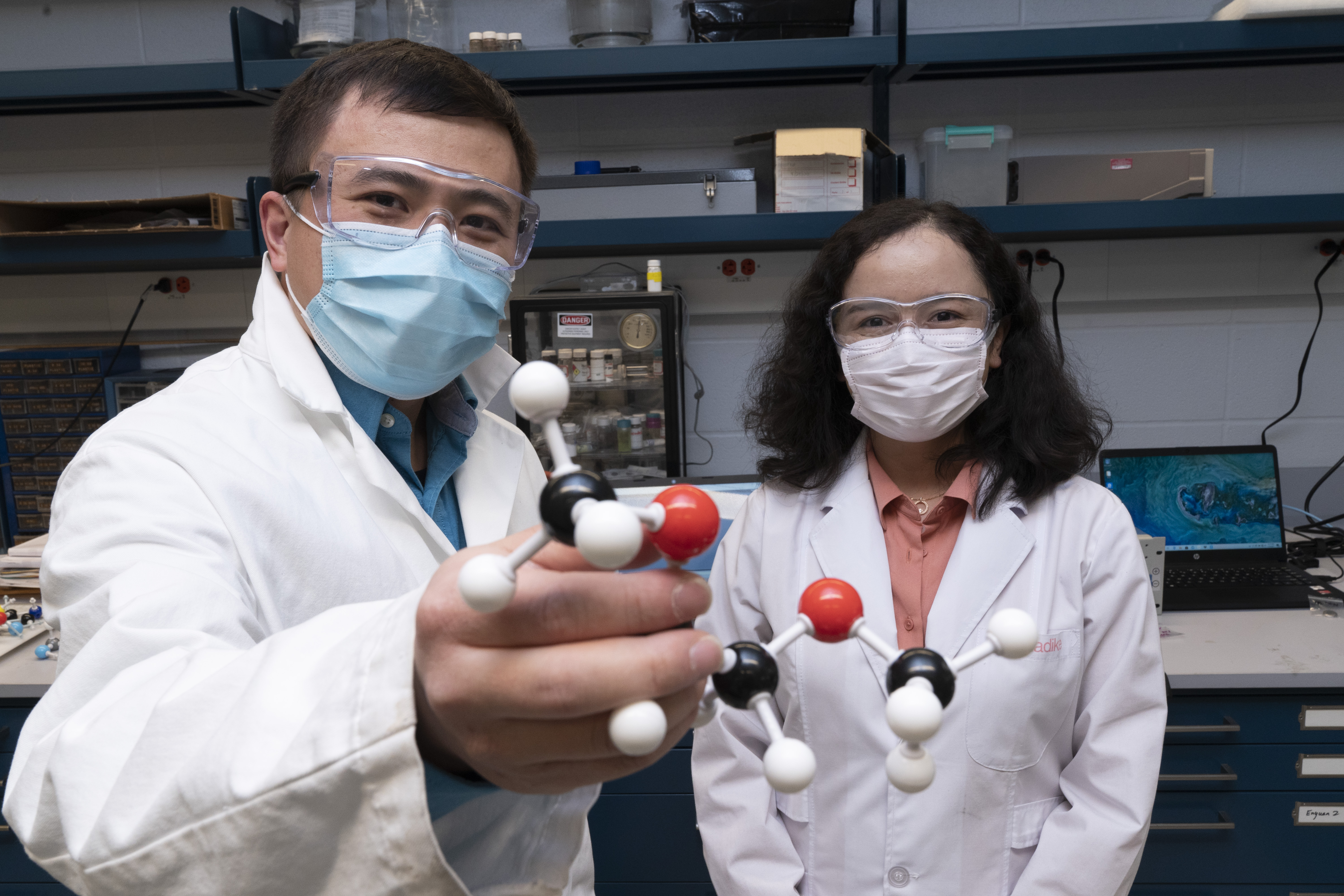
Chemists Settle Battery Debate, Propel Research Forward
UPTON, NY—A team of researchers led by chemists at the U.S. Department of Energy’s (DOE) Brookhaven National Laboratory has identified new details of the reaction mechanism that takes place in batteries with lithium metal anodes. The findings, published today in Nature Nanotechnology, are a major step towards developing smaller, lighter, and less expensive batteries for electric vehicles.
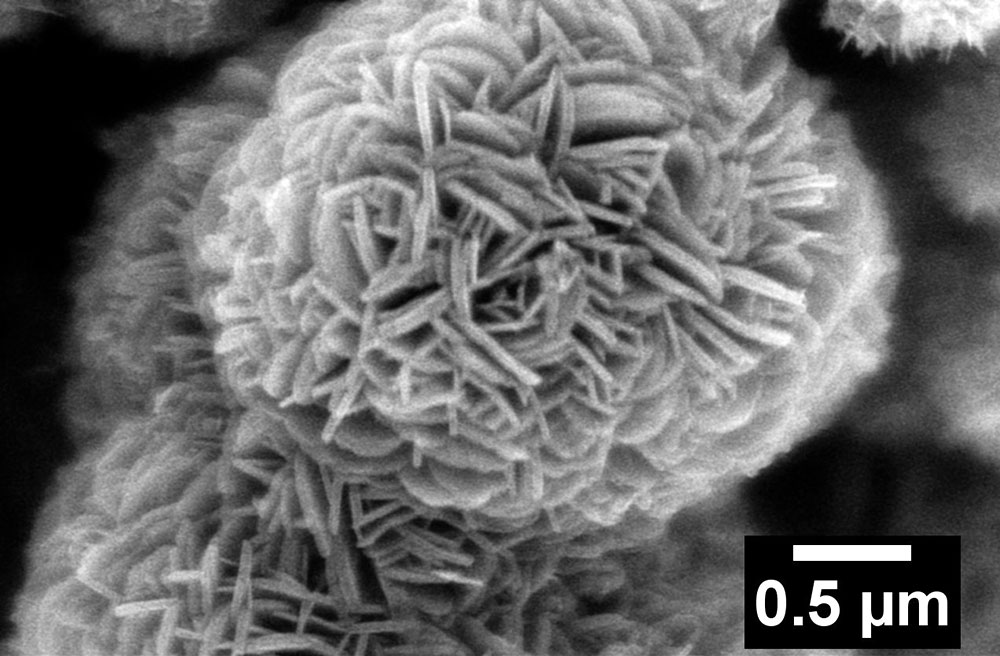
Lithium-Ion Battery Research “Flowers”
Scientists improved the performance of a battery electrode material with a unique flower-shaped nanostructure.

New Technique Extends Next-Generation Lithium Metal Batteries
Columbia Engineering researchers have found that alkali metal additives, such as potassium ions, can prevent lithium microstructure proliferation during battery use. They used a combination of microscopy, nuclear magnetic resonance, and computational modeling to discover that adding small amounts of potassium salt to a conventional lithium battery electrolyte produces unique chemistry at the lithium/electrolyte interface, and modulates degradation during battery operation, preventing the growth of microstructures and leading to safer, longer lasting batteries.

Berkeley Lab Names Noël Bakhtian to Lead New Energy Storage Center
Berkeley Lab has appointed Noël Bakhtian, previously a senior policy adviser in the White House Office of Science and Technology (OSTP) and currently director of the Center for Advanced Energy Studies (CAES) at Idaho National Laboratory, as its inaugural director of the Berkeley Lab Energy Storage Center.

Coming Down the Pike: Long-Haul Trucks Powered by Hydrogen Fuel Cells
The Department of Energy has announced several major investments to take hydrogen fuel cells to the next level, and Lawrence Berkeley National Laboratory (Berkeley Lab) is set to play a leading role in providing the scientific expertise to help realize DOE’s ambitious goals.
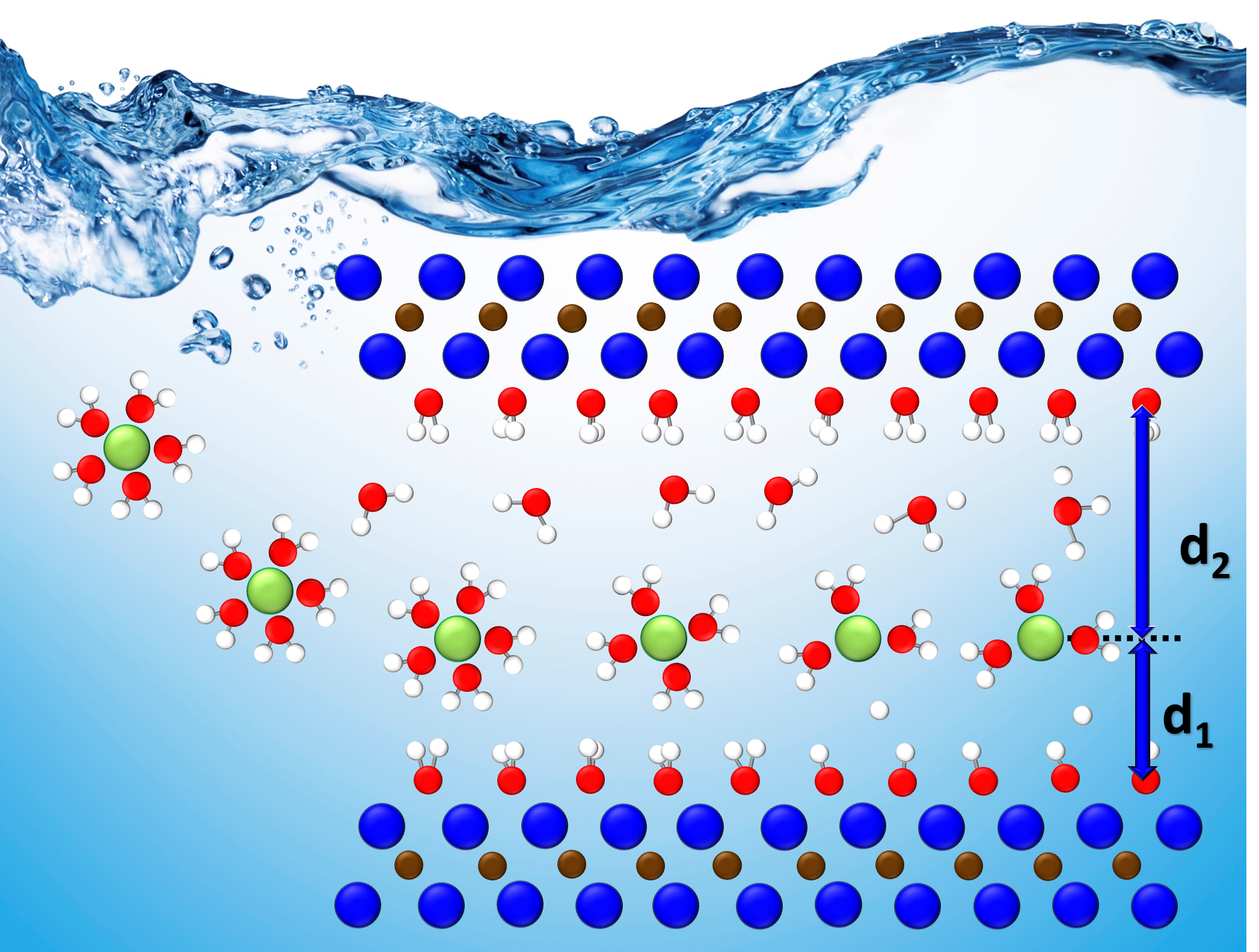
Faster, more efficient energy storage could stem from holistic study of layered materials
A team led by Oak Ridge National Laboratory developed a novel, integrated approach to track energy-transporting ions within an ultra-thin material, which could unlock its energy storage potential leading toward faster charging, longer lasting devices.
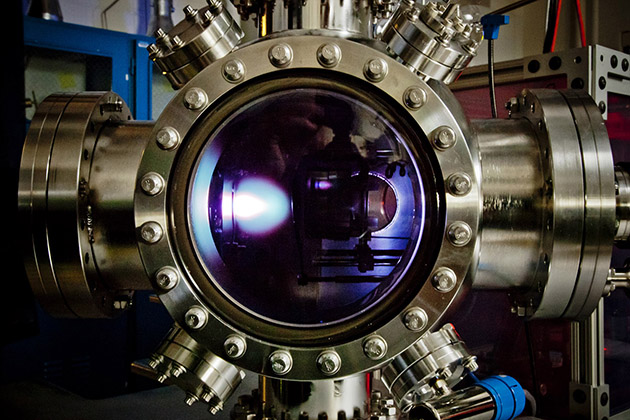
Toward an Ultrahigh Energy Density Capacitor
Researchers at Berkeley Lab and UC Berkeley have demonstrated that a common material can be processed into a top-performing energy storage material. Their discovery could improve the efficiency, reliability, and robustness of personal electronics, wearable technologies, and car audio systems.

Wayne State receives DOE grant to develop catalysts for renewable energy generation
This research will focus on the development of efficient electrochemical systems for energy generation and storage. The proposed work will have a significant impact on the development of efficient energy conversion systems.
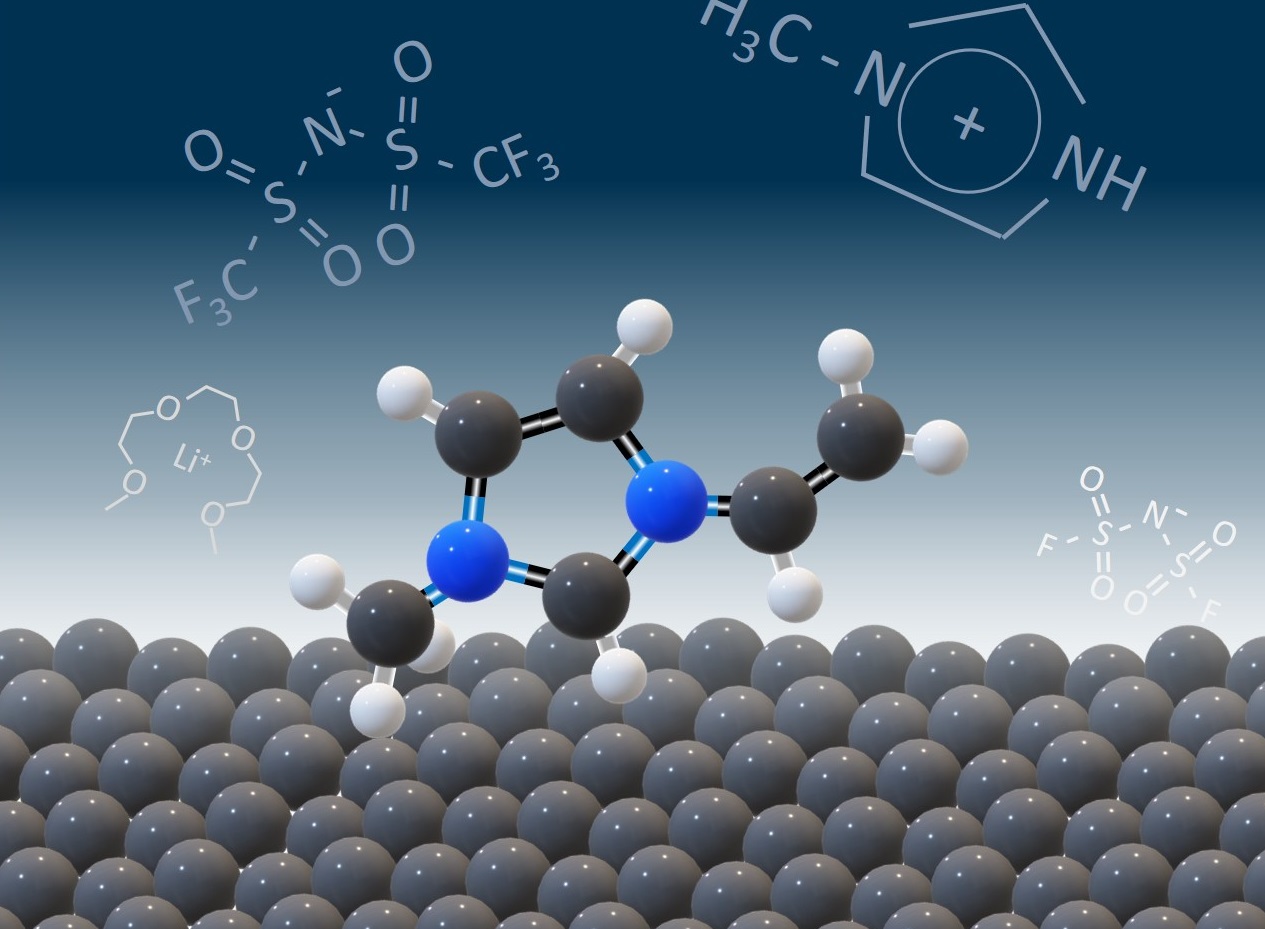
Safer, longer-lasting energy storage requires focus on interface of advanced materials
More studies at the interface of battery materials, along with increased knowledge of the processes at work, are unleashing a surge of knowledge needed to more quickly address the demand for longer-lasting portable electronics, electric vehicles and stationary energy storage for the electric grid.
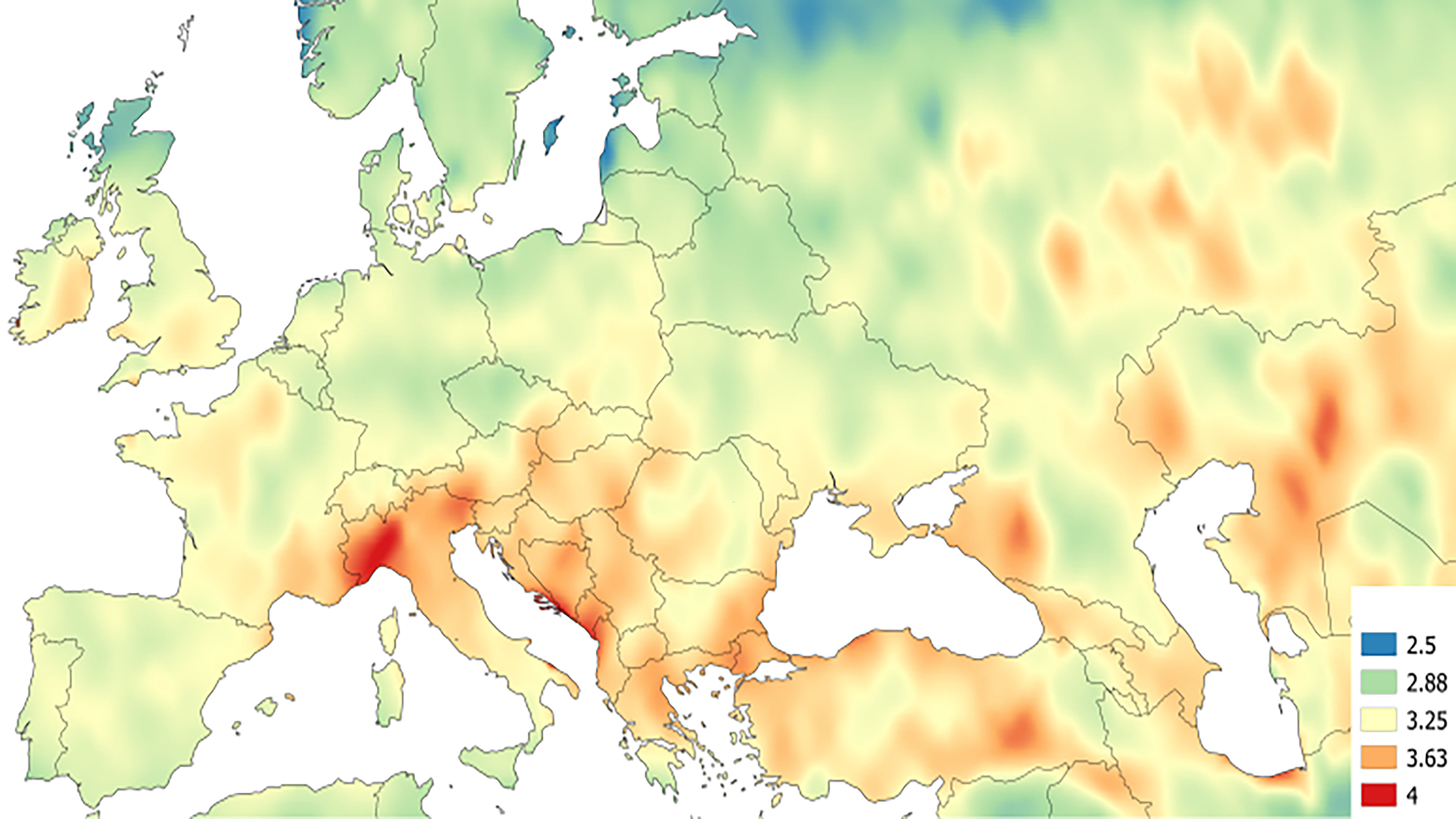
Finding Balance Between Green Energy Storage, Harvesting
Generating power through wind or solar energy is dependent on the abundance of the right weather conditions, making finding the optimal strategy for storage crucial to the future of sustainable energy usage. Research published in the Journal of Renewable and Sustainable Energy identifies key indicators that will help achieve balance between green energy storage capacity and harvesting capability and determine the energy potential of a region.
Peering into Functioning Batteries with Sooyeon Hwang
Using electron microscopes, Hwang—a materials scientist at Brookhaven Lab’s Center for Functional Nanomaterials (CFN)—characterizes the structure and chemistry of operating battery electrode materials.
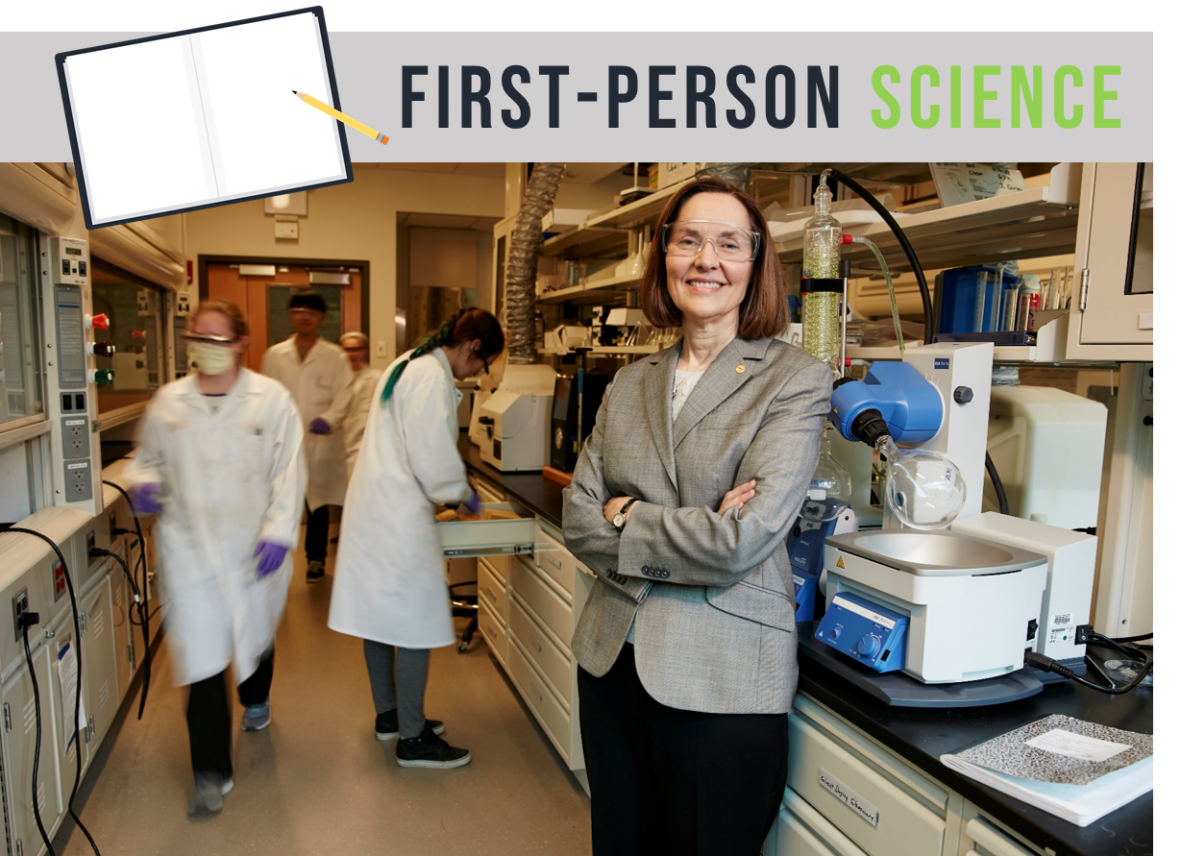
Esther Takeuchi on Batteries
In the First-Person Science series, scientists describe how they made significant discoveries over years of research. Esther Takeuchi is a professor at Stony Brook University and the director of the Center for Mesoscale Transport Properties, a Department of Energy Office of Science Energy Frontier Research Center.
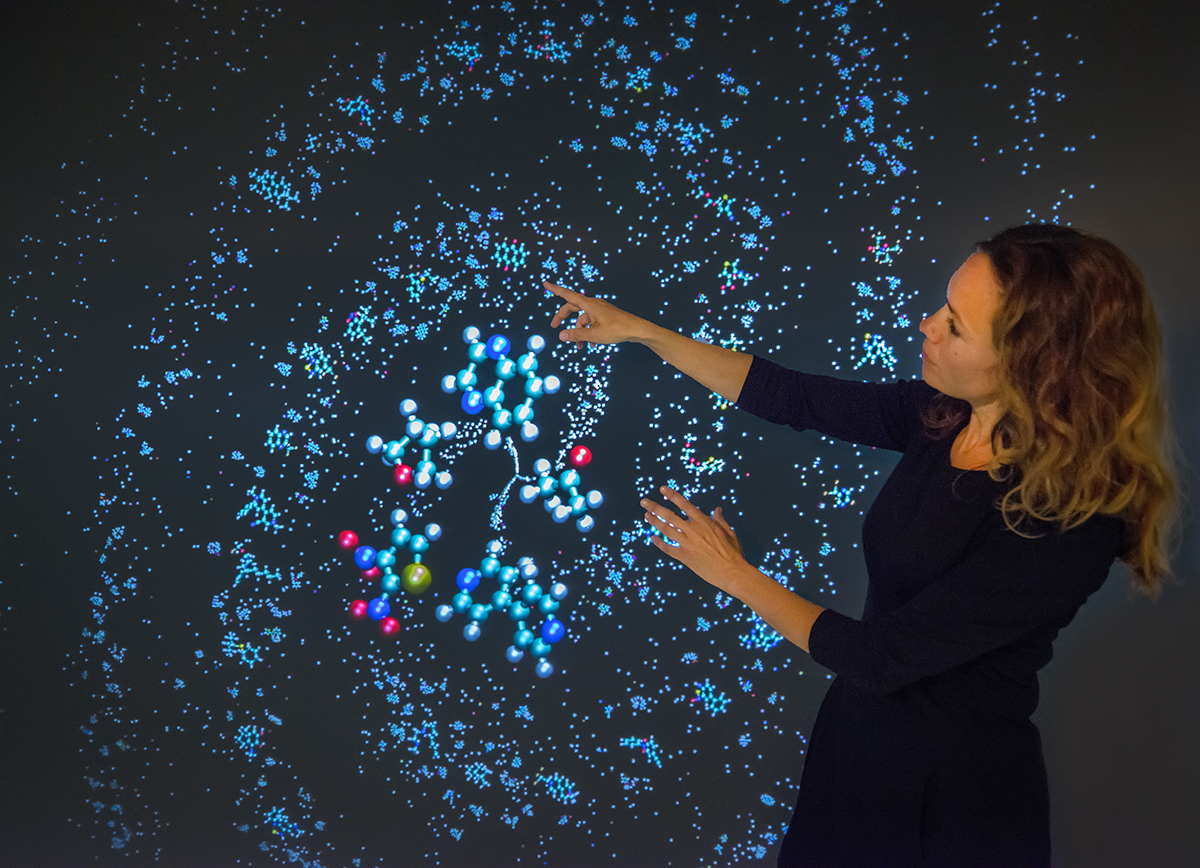
Making a Material World Better, Faster Now: Q&A With Materials Project Director Kristin Persson
Berkeley Lab’s Kristin Persson shares her thoughts on what inspired her to launch the Materials Project online database, the future of materials research and machine learning, and how she found her own way into a STEM career.

A Promising Supercapacitor for Electronics and Electric Vehicles
A new supercapacitor based on manganese oxide could combine the storage capacity of batteries with the high power and fast charging of other supercapacitors, according to researchers at Penn State and two universities in China.
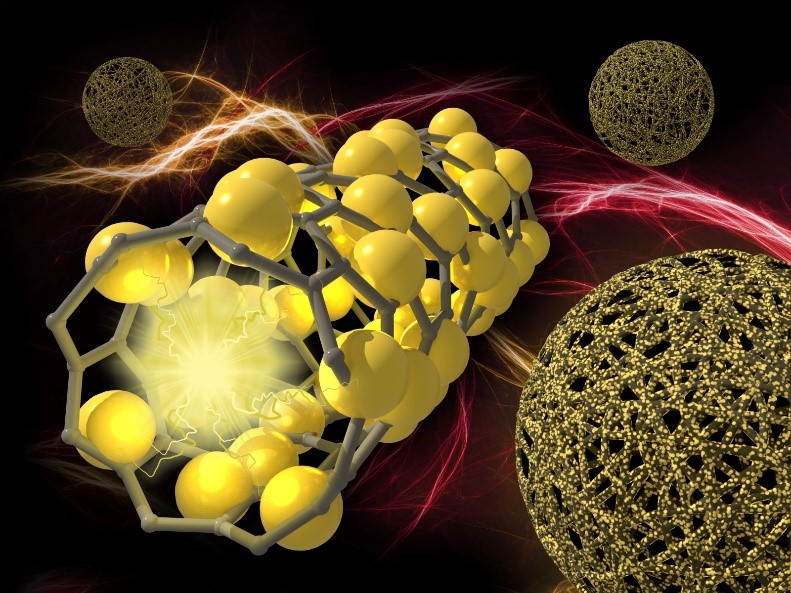
A Leap in Using Silicon for Battery Anodes
Scientists have come up with a novel way to use silicon as an energy storage ingredient. They’ve developed a nanostructure incorporating carbon nanotubes to strengthen the material and modify the way silicon interacts with lithium, a key component in batteries used in electric cars and other devices.
Chasing Lithium Ions on the Move in a Fast-Charging Battery
Atomic distortions emerging in the electrode during operation provide a “fast lane” for the transport of lithium ions.
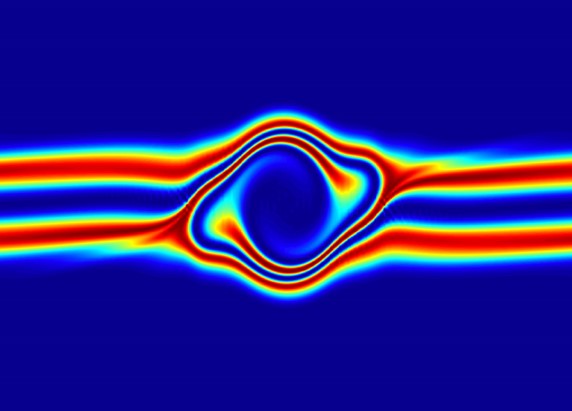
Story Tips: Fusion squeeze, global image mapping, computing mental health and sodium batteries
Story Tips: Fusion squeeze, global image mapping, computing mental health and sodium batteries
Energy storage startup SPARKZ licenses ORNL cobalt-free battery tech
Energy storage startup SPARKZ Inc. has exclusively licensed five battery technologies from the Department of Energy’s Oak Ridge National Laboratory designed to eliminate cobalt metal in lithium-ion batteries. The advancement is aimed at accelerating the production of electric vehicles and energy storage solutions for the power grid.

Tiny Quantum Sensors Watch Materials Transform Under Pressure
Scientists at Berkeley Lab have developed a diamond anvil sensor that could lead to a new generation of smart, designer materials, as well as the synthesis of new chemical compounds, atomically fine-tuned by pressure.
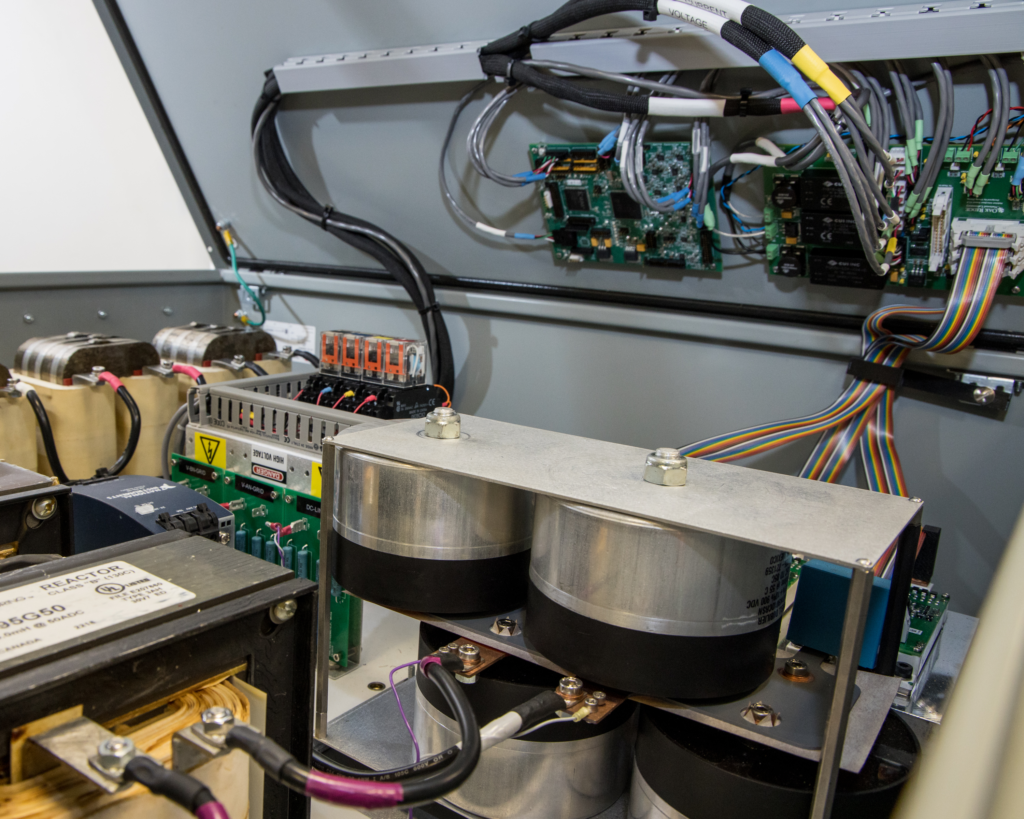
Second act: Used electric vehicle batteries charge up the grid
Researchers at Oak Ridge National Laboratory have developed an innovative control system for repurposed electric vehicle battery packs to store electricity for home use and are scaling up the technology to a large, power grid-level project.
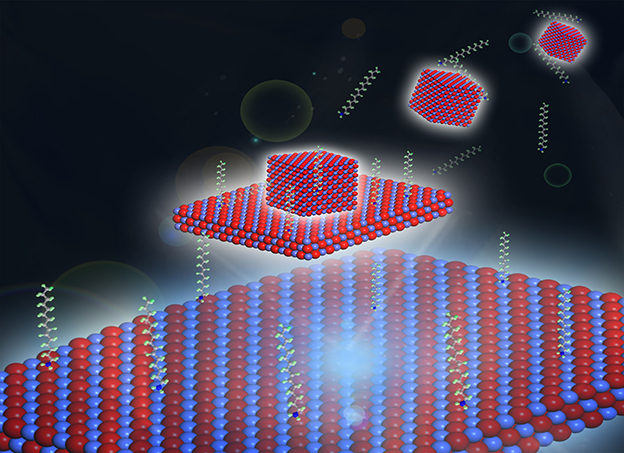
Living on the Edge: How a 2D Material Got Its Shape
A team of scientists led by the Department of Energy’s Lawrence Berkeley National Laboratory (Berkeley Lab) has gained valuable insight into 3D transition metal oxide nanoparticles’ natural “edge” for 2D growth.
Energy storage expert up for comments on chemistry Nobel Prize, Li-ion batteries
MOSCOW (MIPT) — Following the Wednesday announcement of this year’s Nobel laureates in chemistry, we talked to Dmitry Semenenko, who heads the Energy Storage Lab at MIPT’s Institute of Arctic Technology. He is available to comment on lithium-ion batteries and…